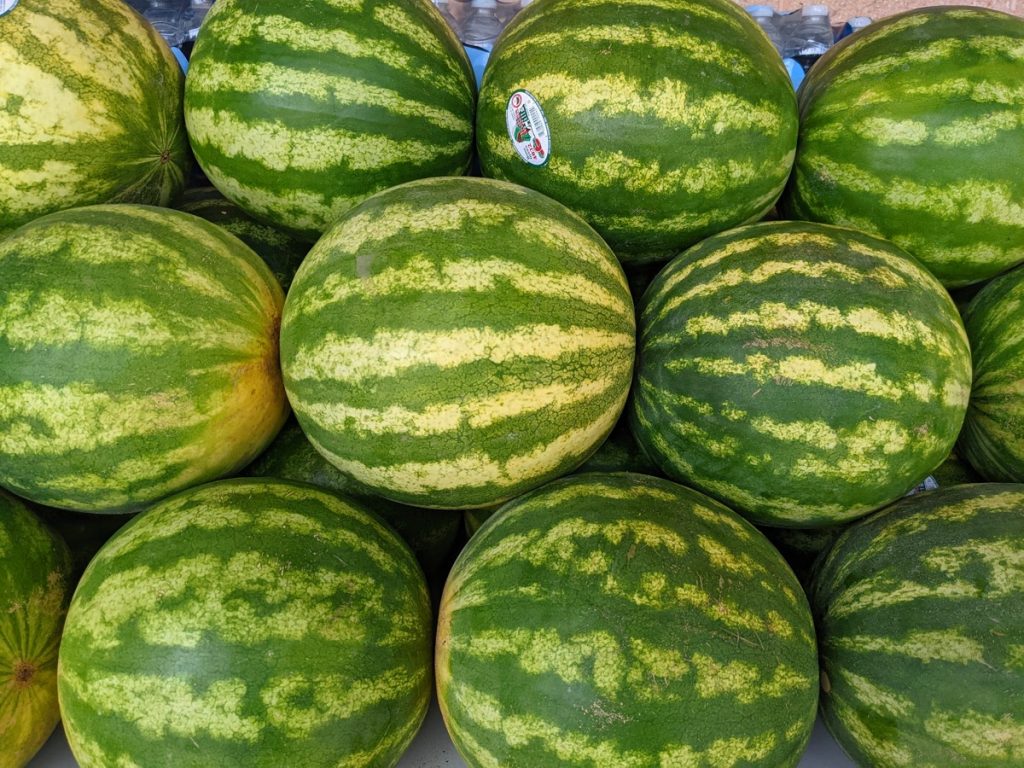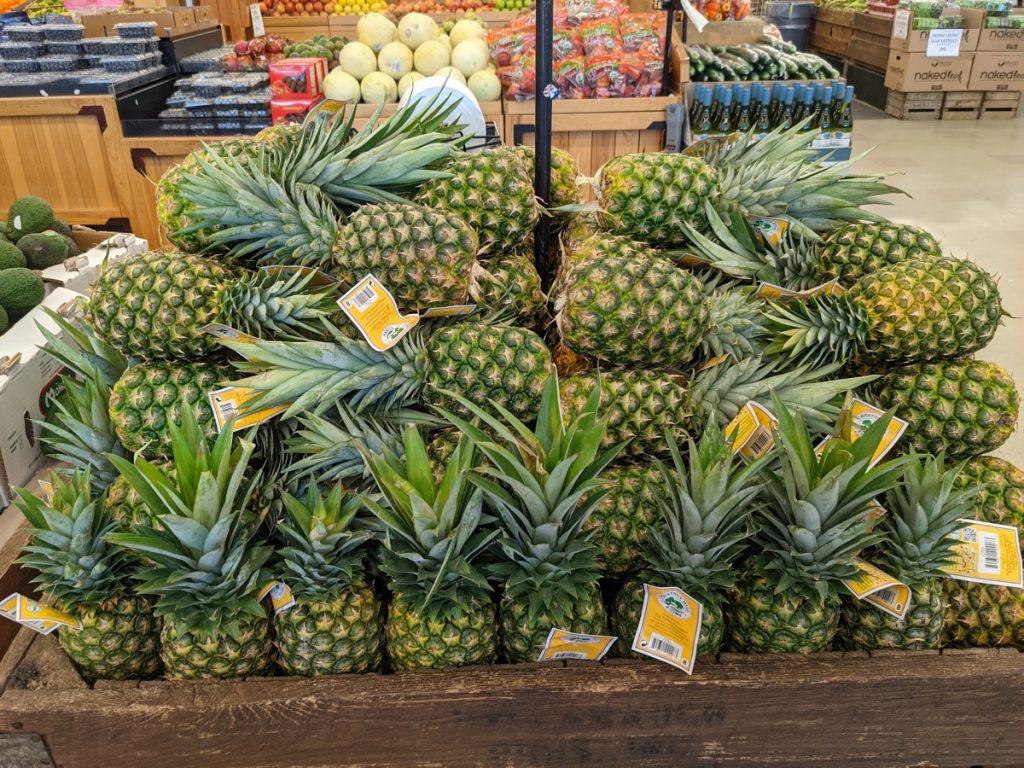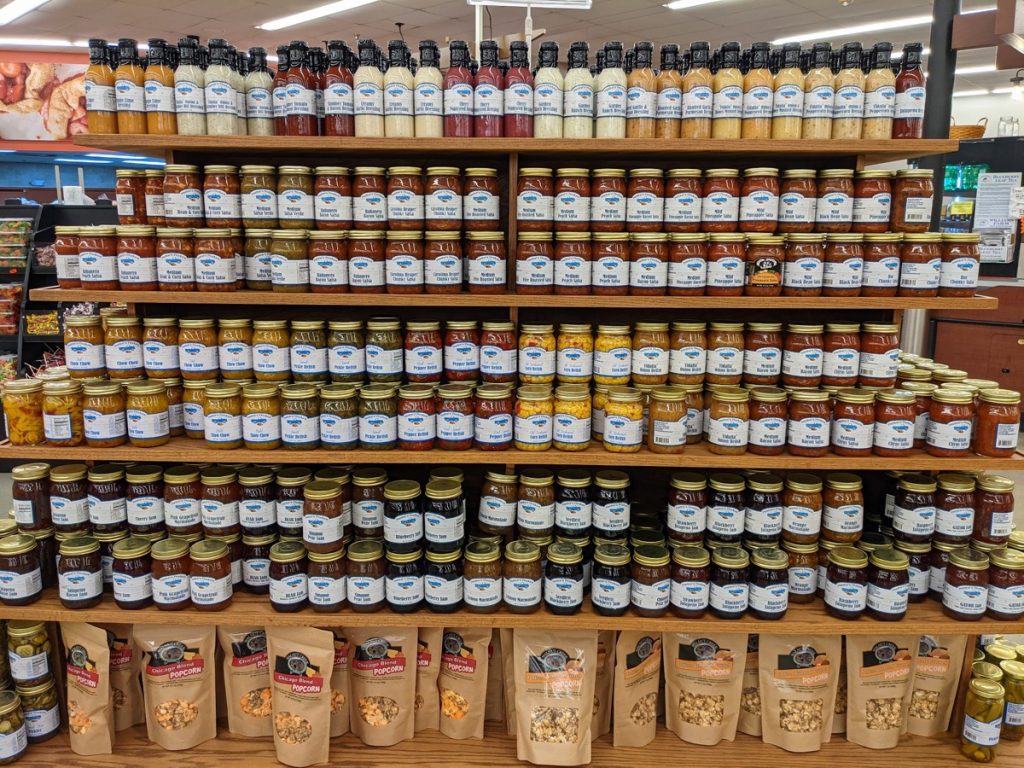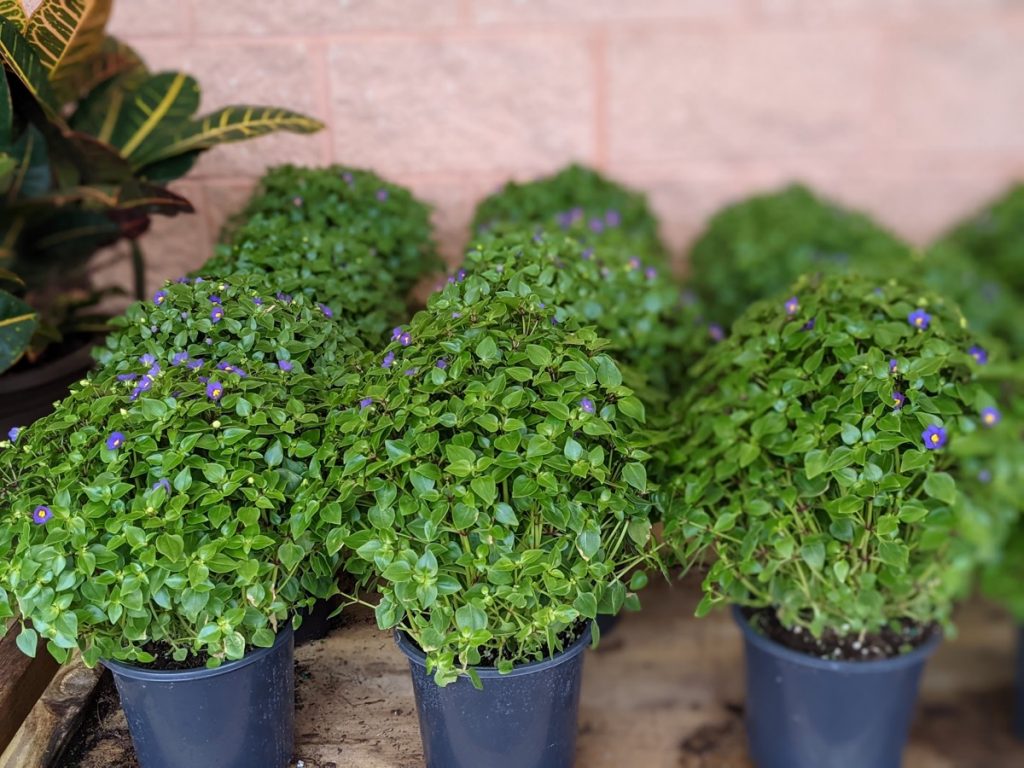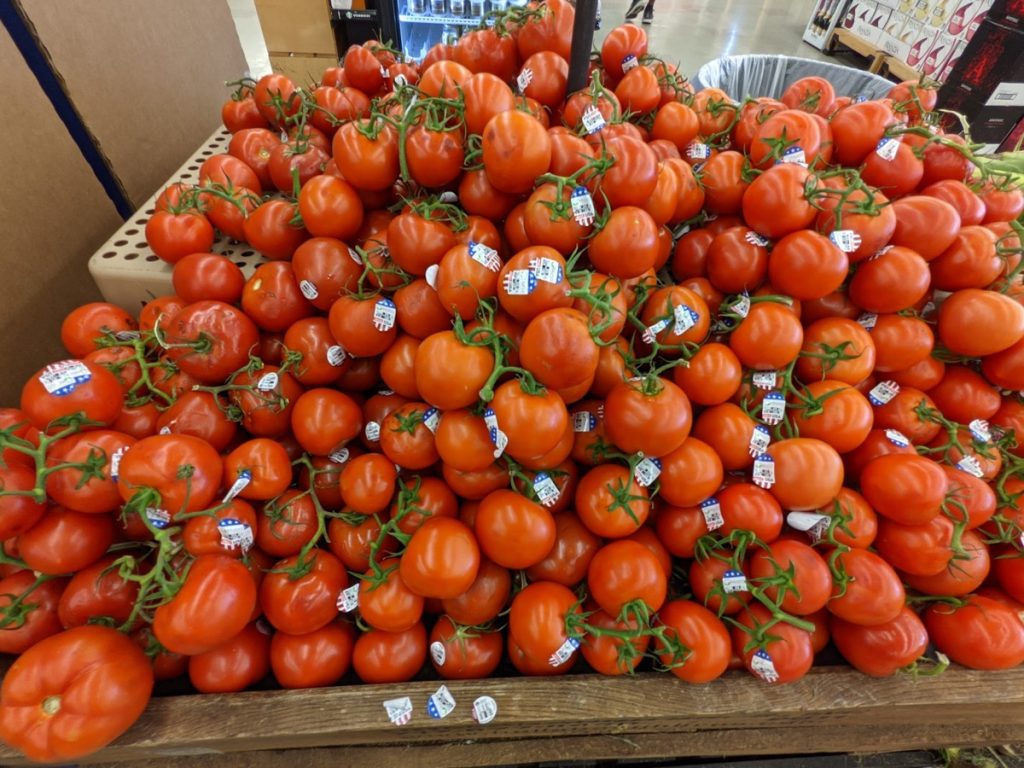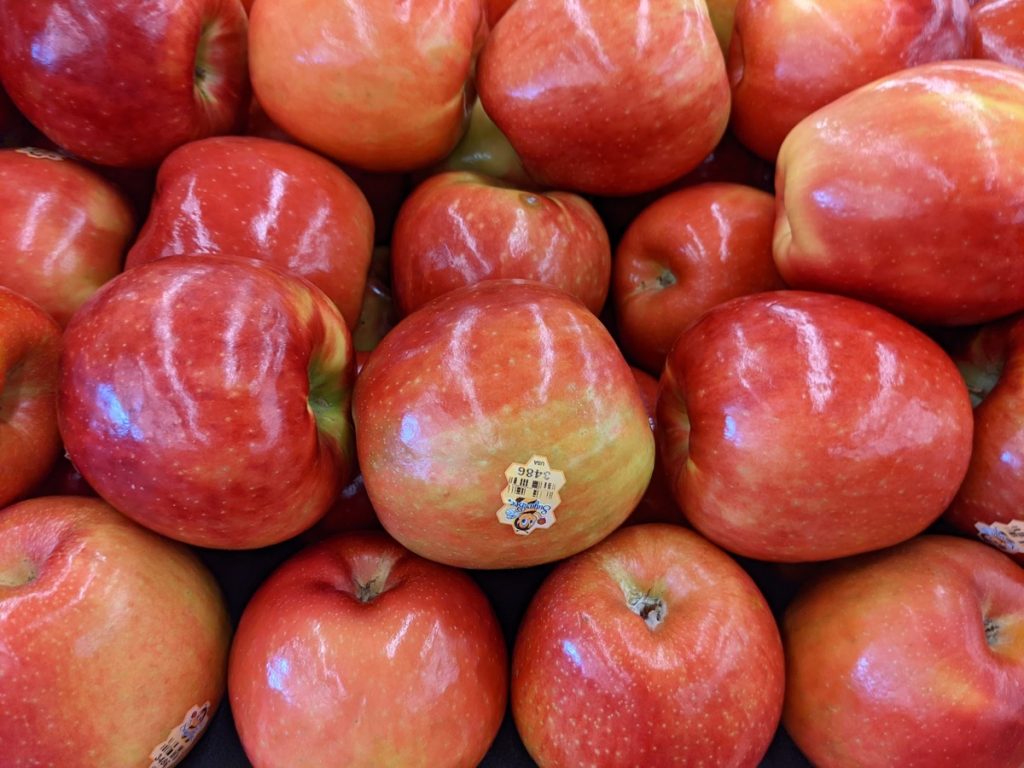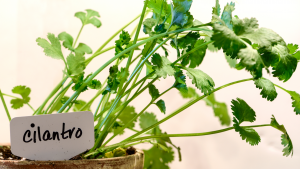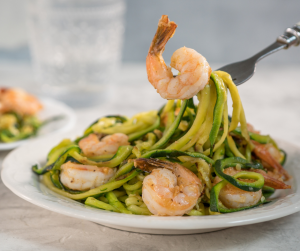Here in “The Sunshine State,” we tend to know our oranges. Take the navel orange, for instance, known for its distinguishing indent that looks a bit like a belly button. Sweet and delicious, navel oranges are great for snacking, as are easy-to-peel cuties and halos. Cuties, technically considered mandarins or clementines, are the perfect kid-sized, seedless snack. Halos are too, although they are a little larger and slightly more acidic.
Tangerines are a very sweet and very close cousin to clementine, and tangelos are a hybrid of tangerines and pomelos. The result is a sweet, tart combination. Tangelos are easy to spot because they are the ones with the little bump. They are also loaded with juice, making them an excellent choice for juicing as well.
Valencia oranges are known for their thin skins and tons of juice, which is why they are also very commonly used for juicing. Blood oranges are recognized by the color of their insides, which are a beautiful red, making them a pretty addition in sangria and in fruit salads.
Ever heard the saying, “Less is more”? Well, it can be with the lima orange which is virtually acid-free. Then, of course, we can’t forget our marmalades and marinades, which are often (wisely) created with the somewhat tart Seville orange.
So, what’s the hold-up? Orange you going to head on over to Perrine’s Produce to pick up your favorite kind of oranges?

